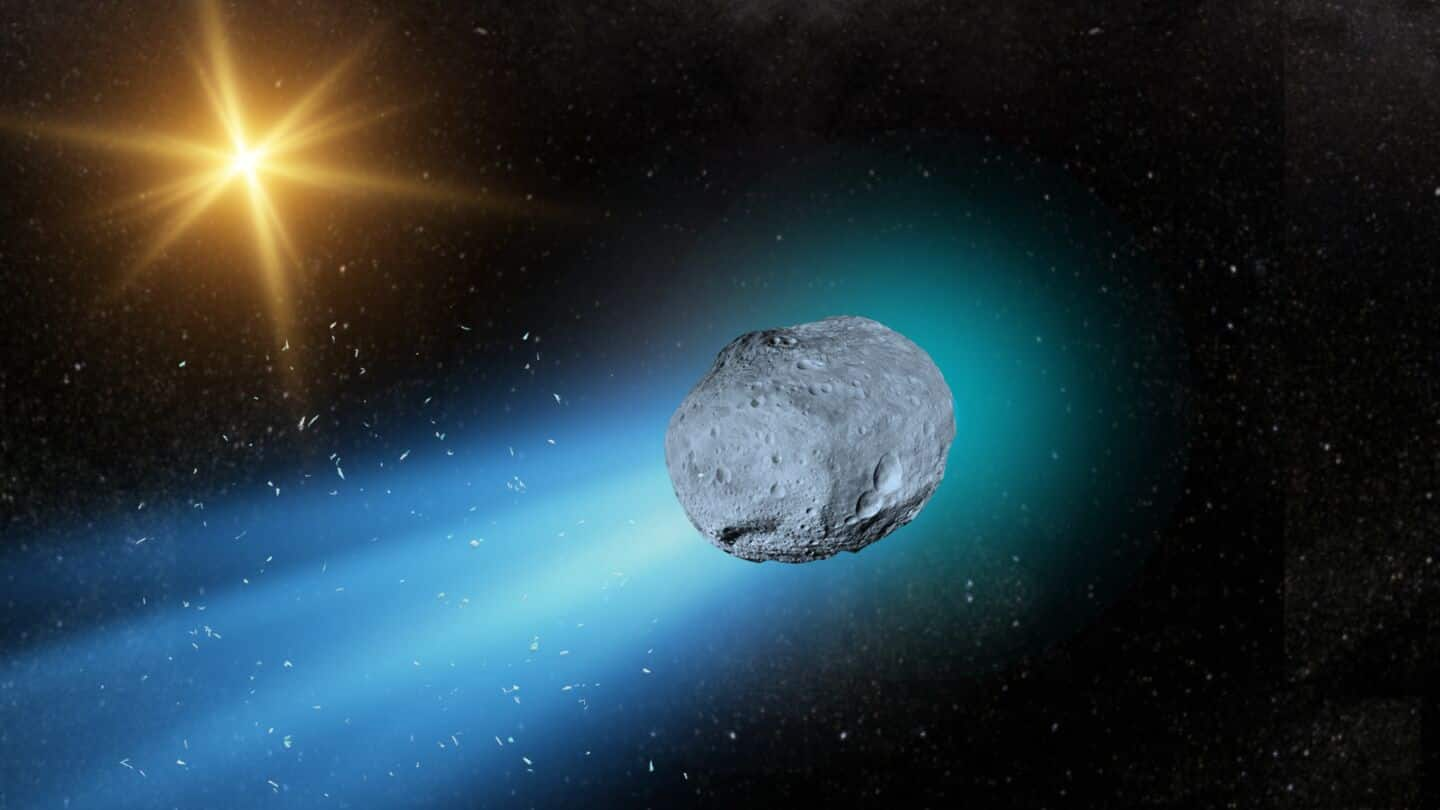
This ancient comet could be older than our solar system
What's the story
A recently discovered interstellar object, dubbed 3I/ATLAS, could be the oldest comet ever observed. It might be over seven billion years old, according to University of Oxford astronomer Matthew Hopkins. The "water ice-rich" visitor is the third known object from outside our solar system to enter our cosmic neighborhood, and the first to come from a totally different region of the Milky Way galaxy.
Trajectory analysis
Comet comes from the 'thick disk' of Milky Way
Unlike its two interstellar predecessors, 3I/ATLAS is on a steep path through the galaxy. Its trajectory indicates it comes from the Milky Way's "thick disk," a group of ancient stars that orbit above and below the thin plane where our Sun and most stars reside. Hopkins explained that while non-interstellar comets such as Halley's comet formed with our solar system (up to 4.5 billion years old), interstellar visitors could be much older.
Discovery
When was it found?
The ATLAS survey telescope in Chile first spotted the object on July 1, 2025, when it was some 670 million km away from the Sun. Hopkins's research suggests that since 3I/ATLAS possibly formed around an old thick-disk star, it must be rich in water ice. Professor Chris Lintott, a co-author of the study and presenter of BBC's The Sky at Night, said there's a two-thirds chance this comet is older than our solar system.
Cometary activity
It may be larger than its interstellar predecessors
As it nears the Sun, sunlight shall heat 3I/ATLAS's surface and trigger cometary activity. This process involves outgassing of vapor and dust that creates a glowing coma and tail. Early observations suggest that the comet is already active, possibly even larger than its interstellar predecessors—1I/'Oumuamua (spotted in 2017) and 2I/Borisov (2019).
Surprise
How was it discovered?
The discovery of 3I surprised the team as they were preparing for survey operations with the Vera C. Rubin Observatory. Their model predicts it will discover five to 50 interstellar objects. The team's findings come from a model developed during Hopkins's doctoral research, that simulates properties of interstellar objects depending on their orbits and likely stellar origins. For those interested in viewing this comet, it should be visible via a reasonably-sized amateur telescope in late 2025 and early next year.